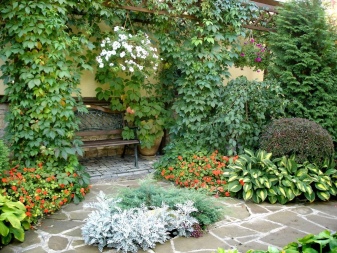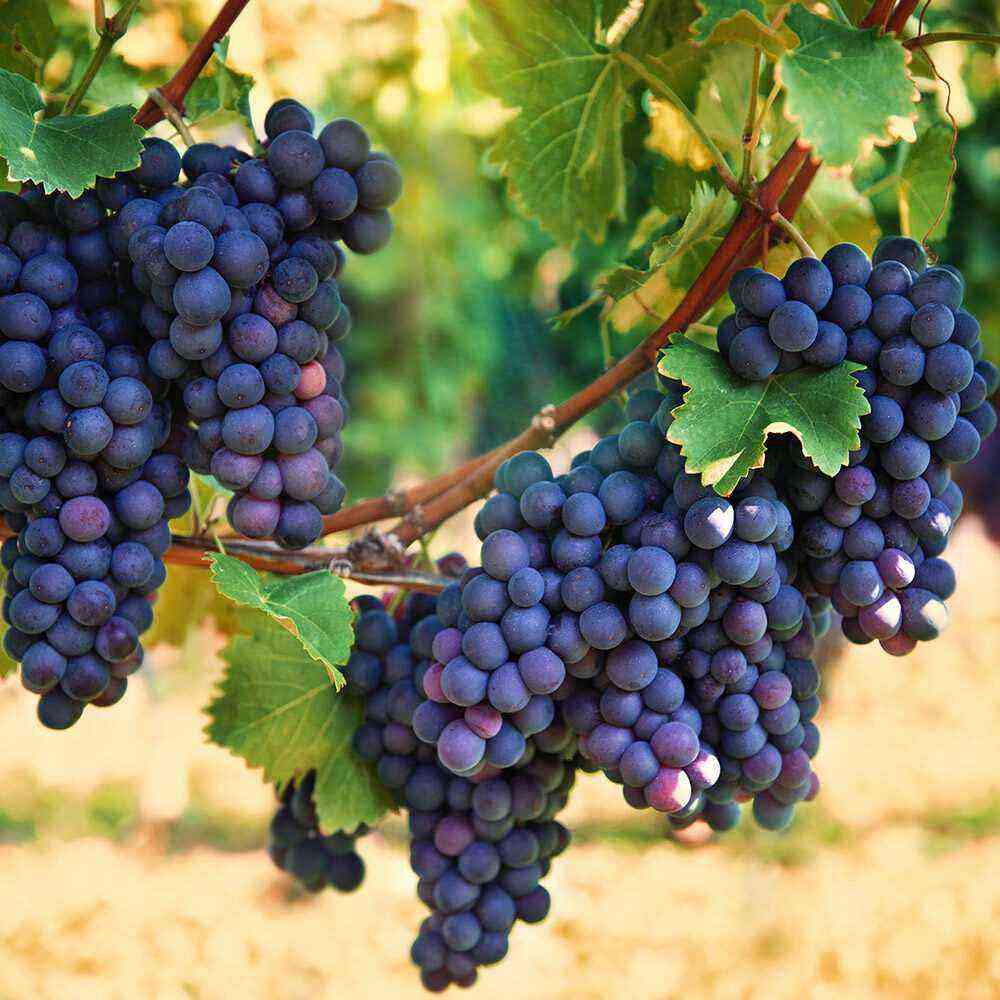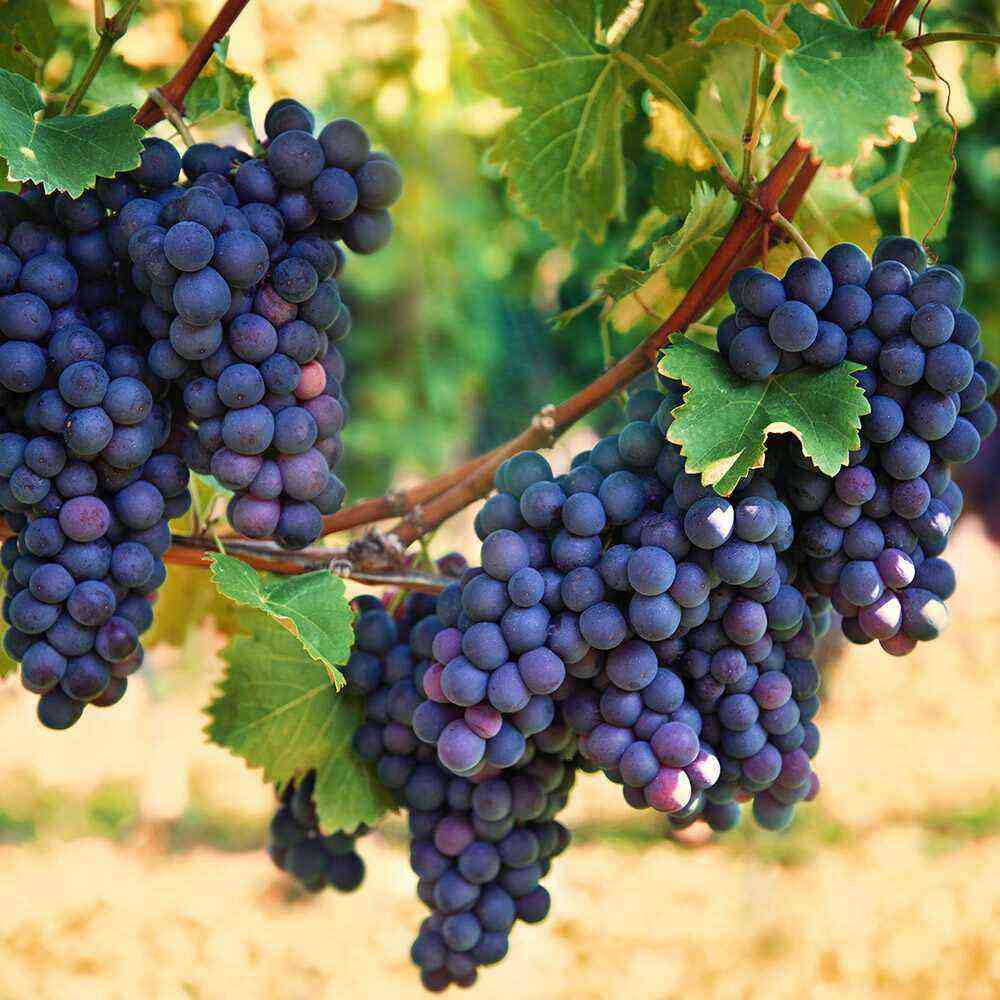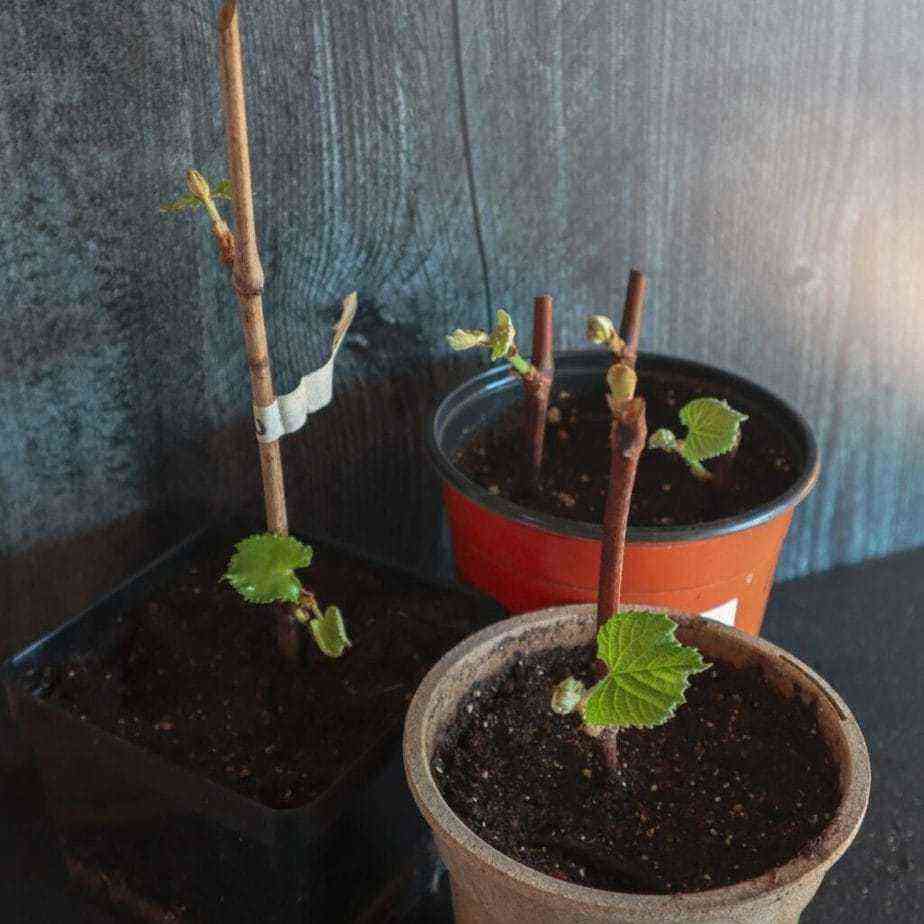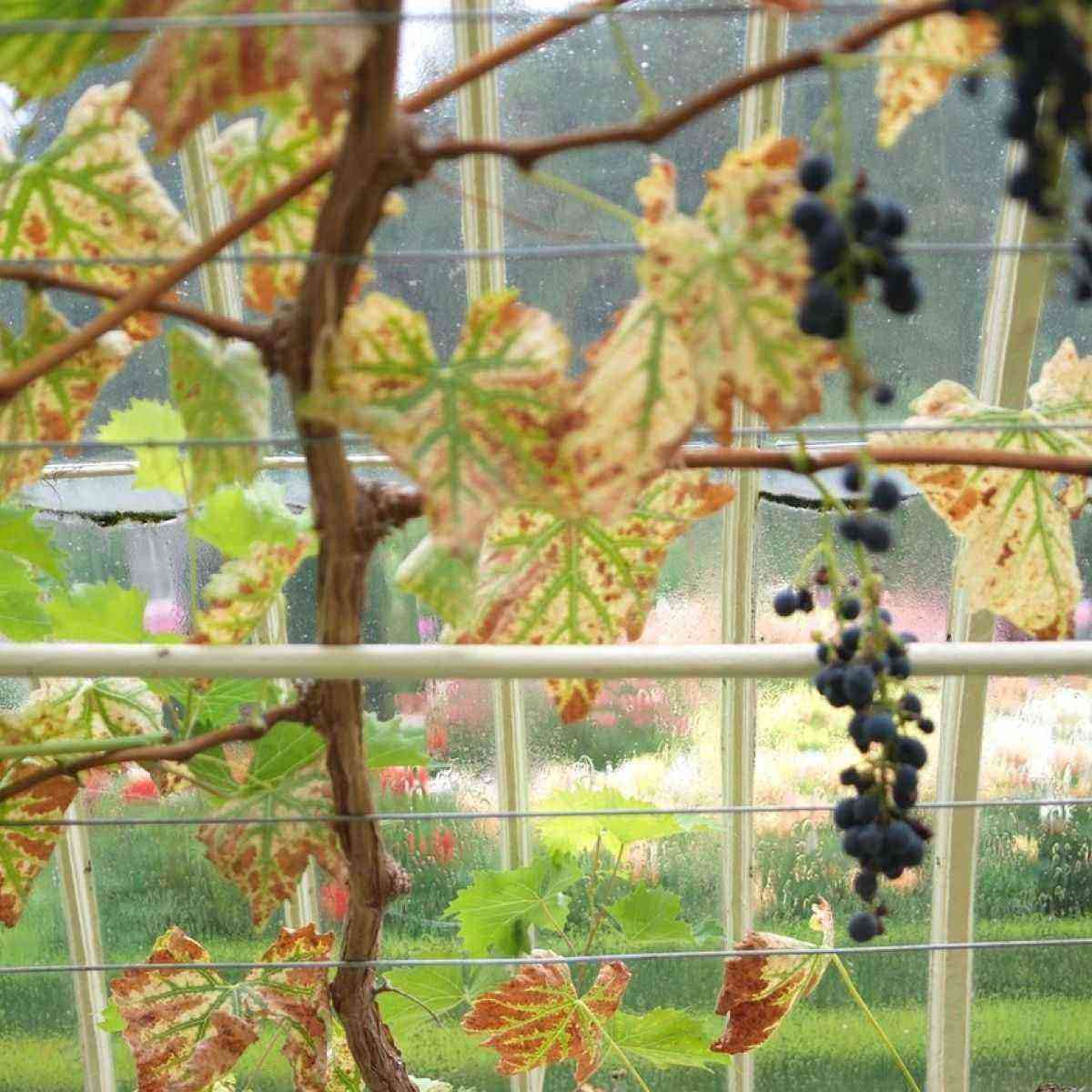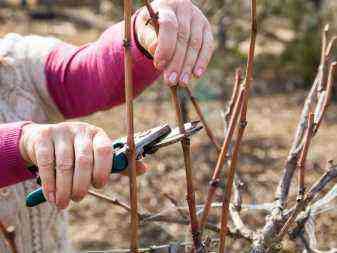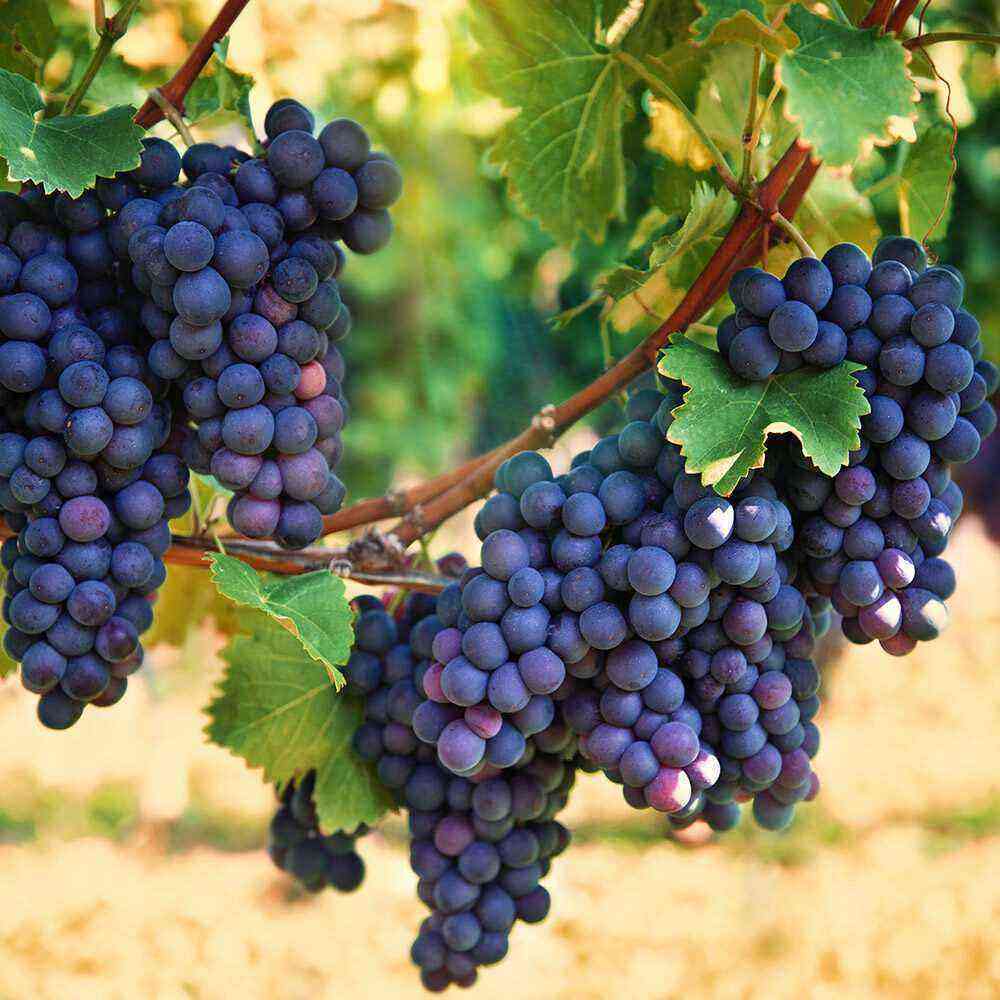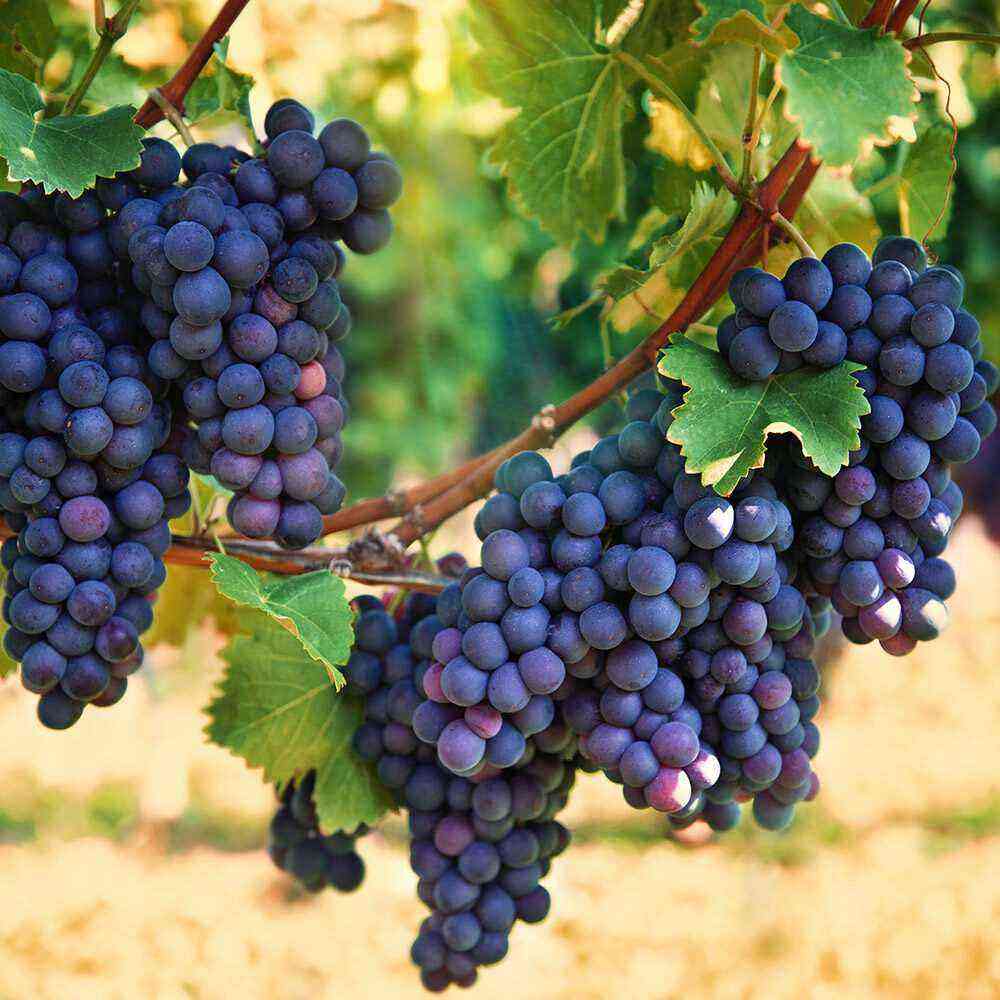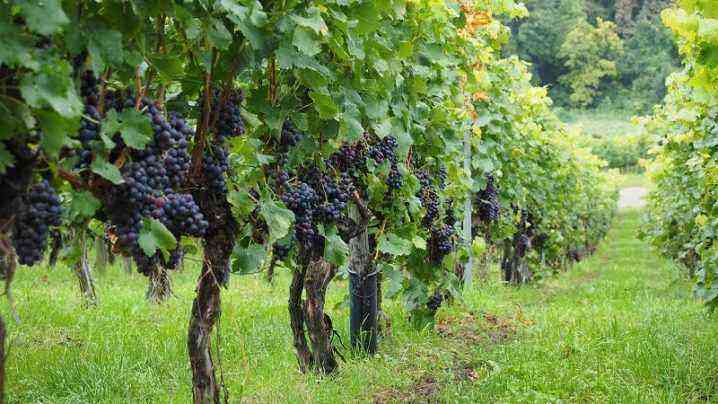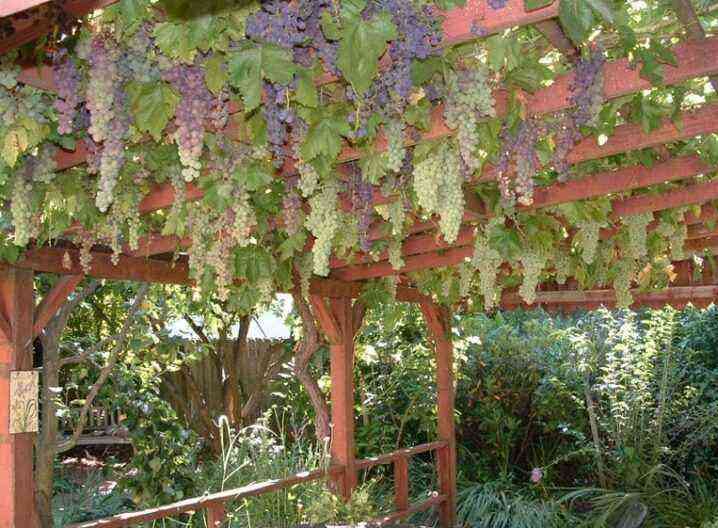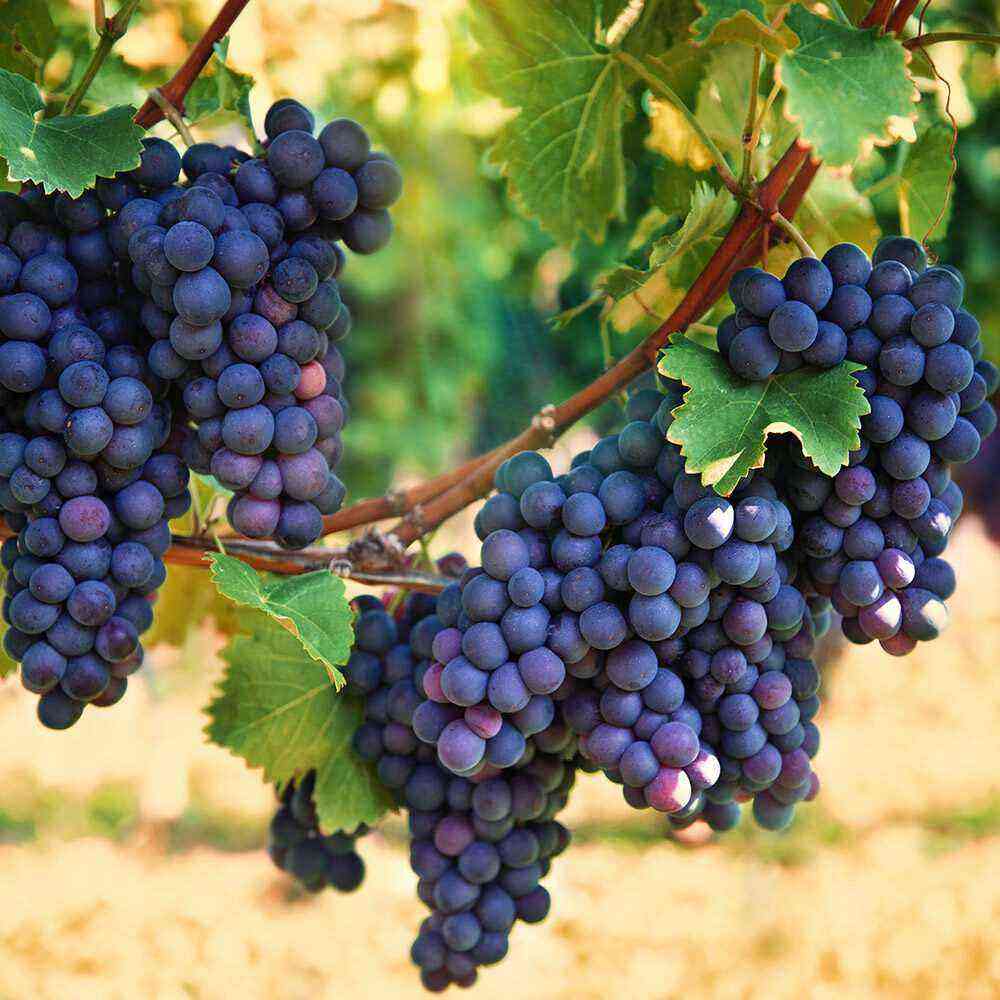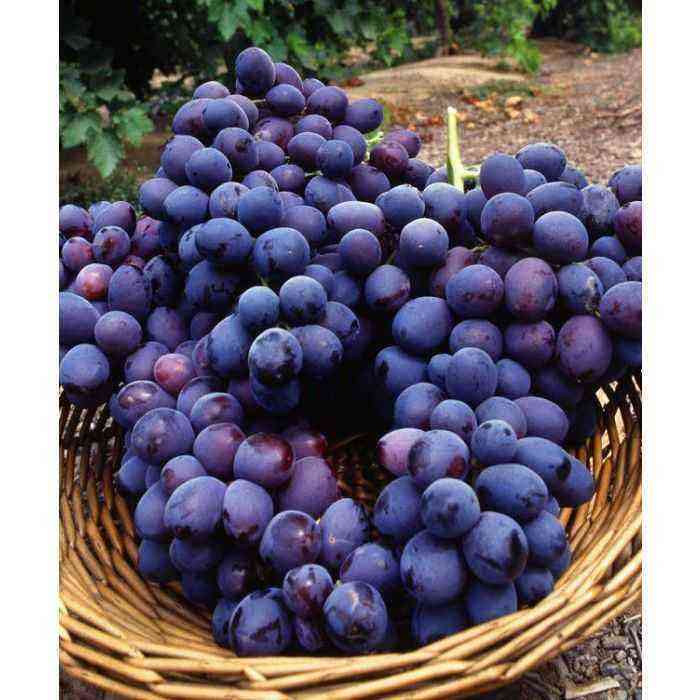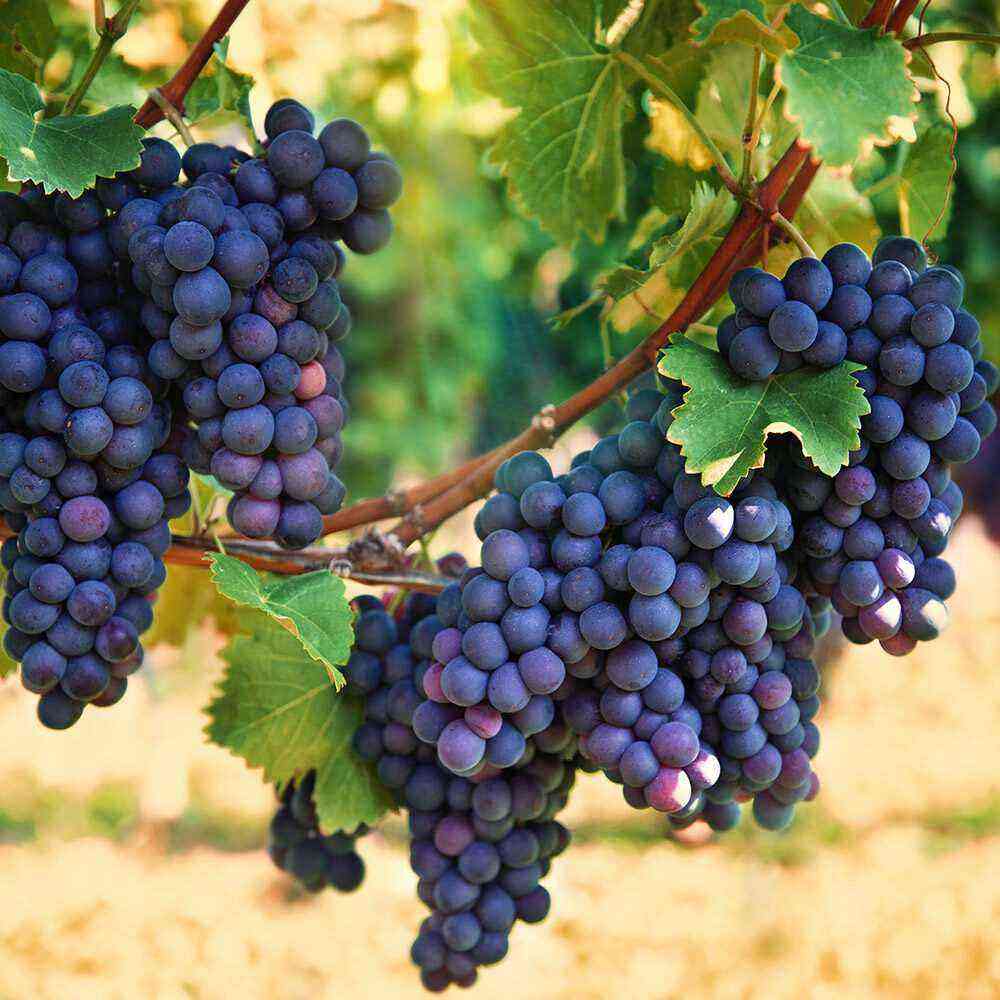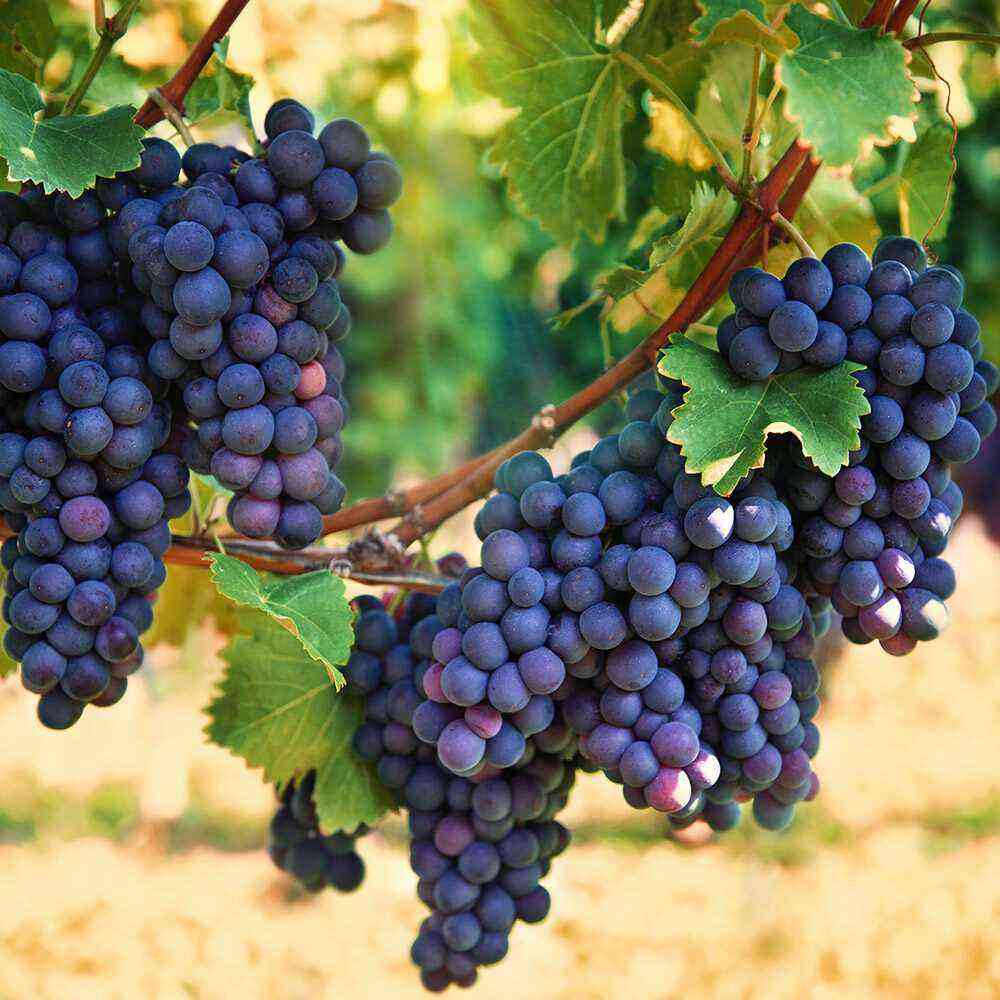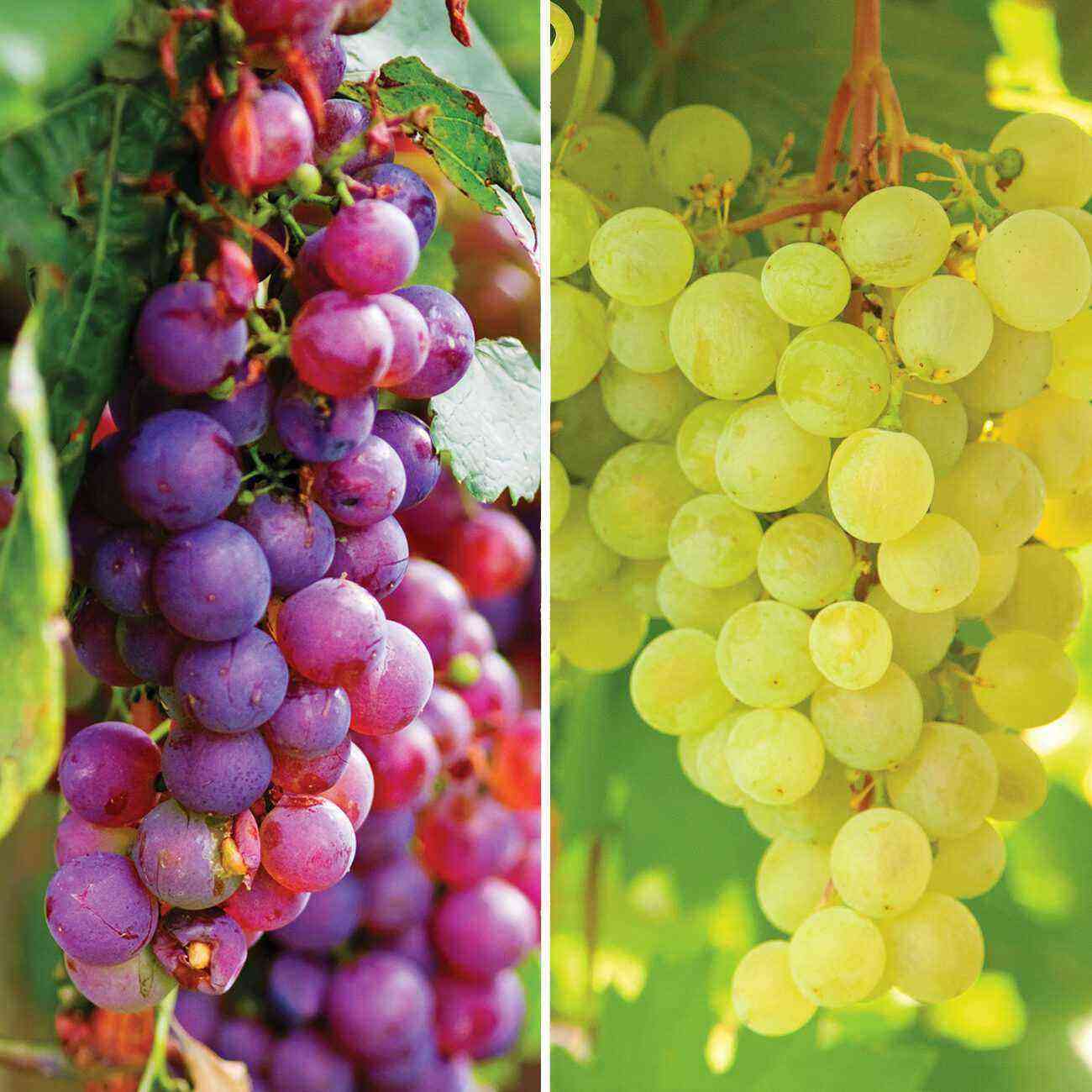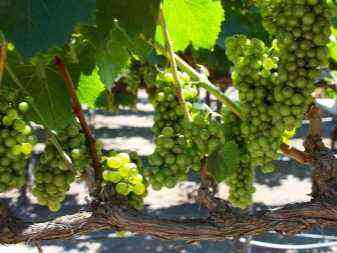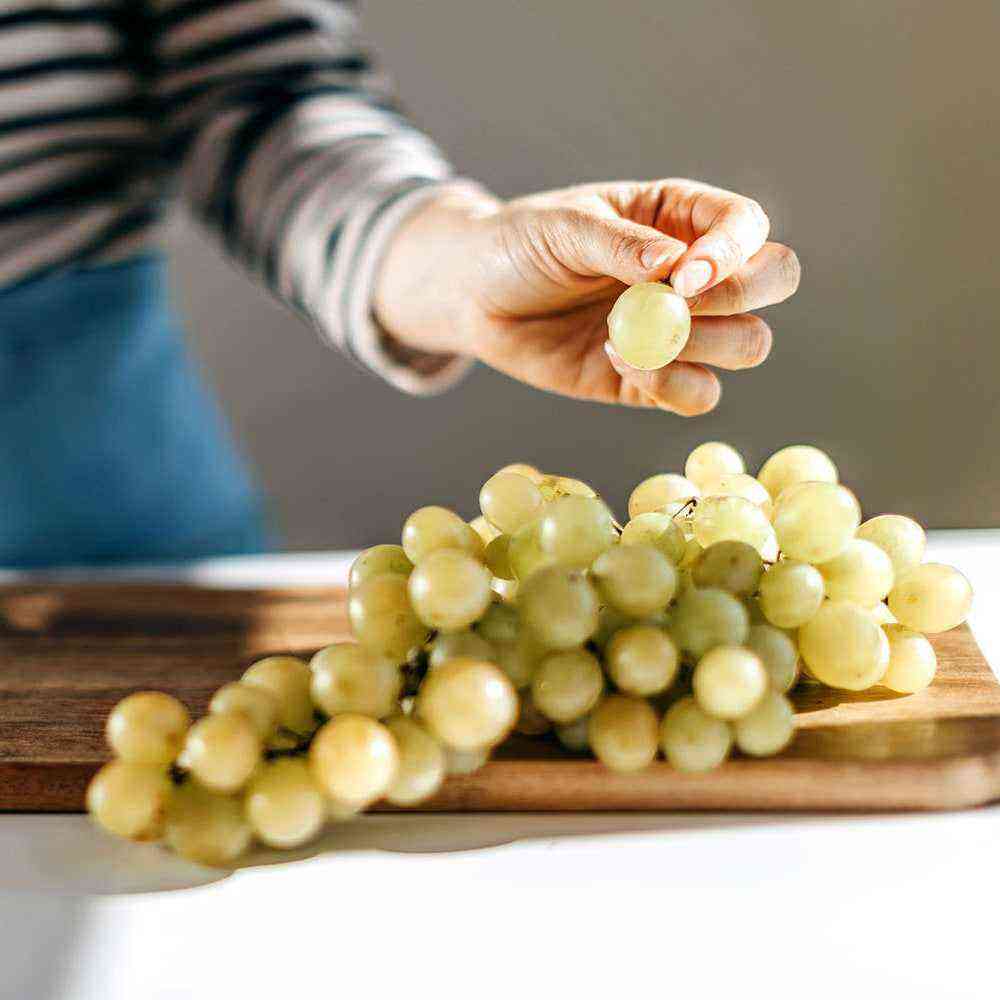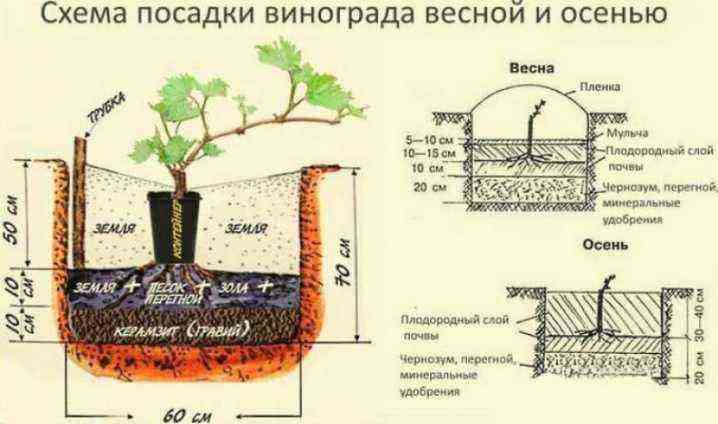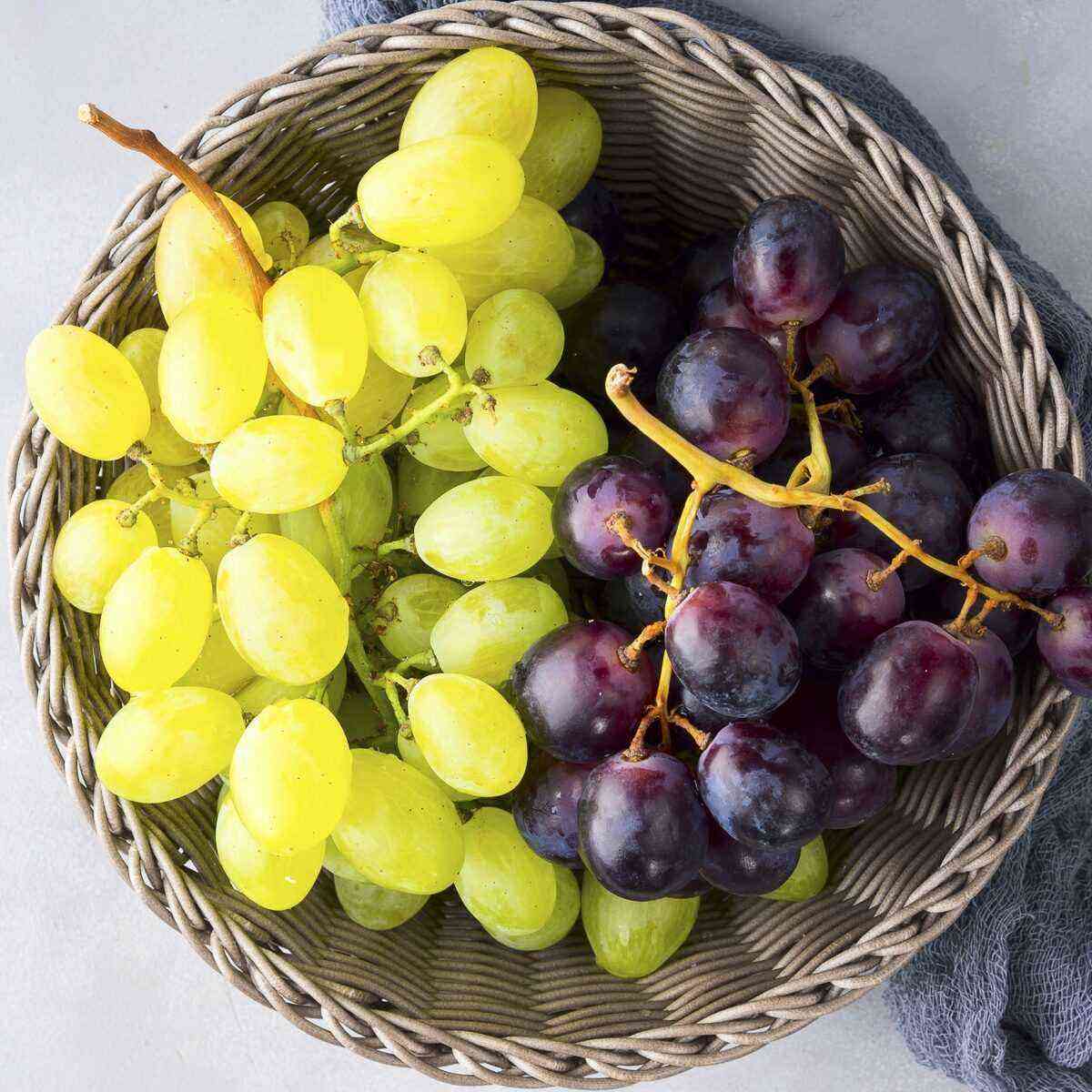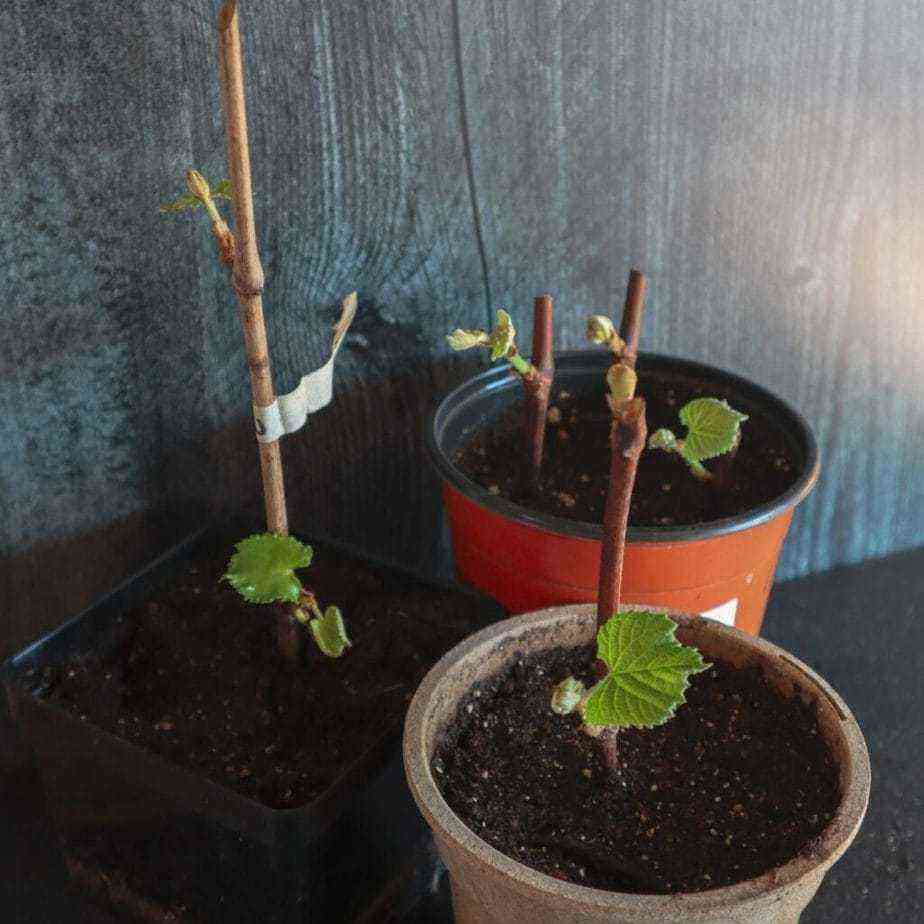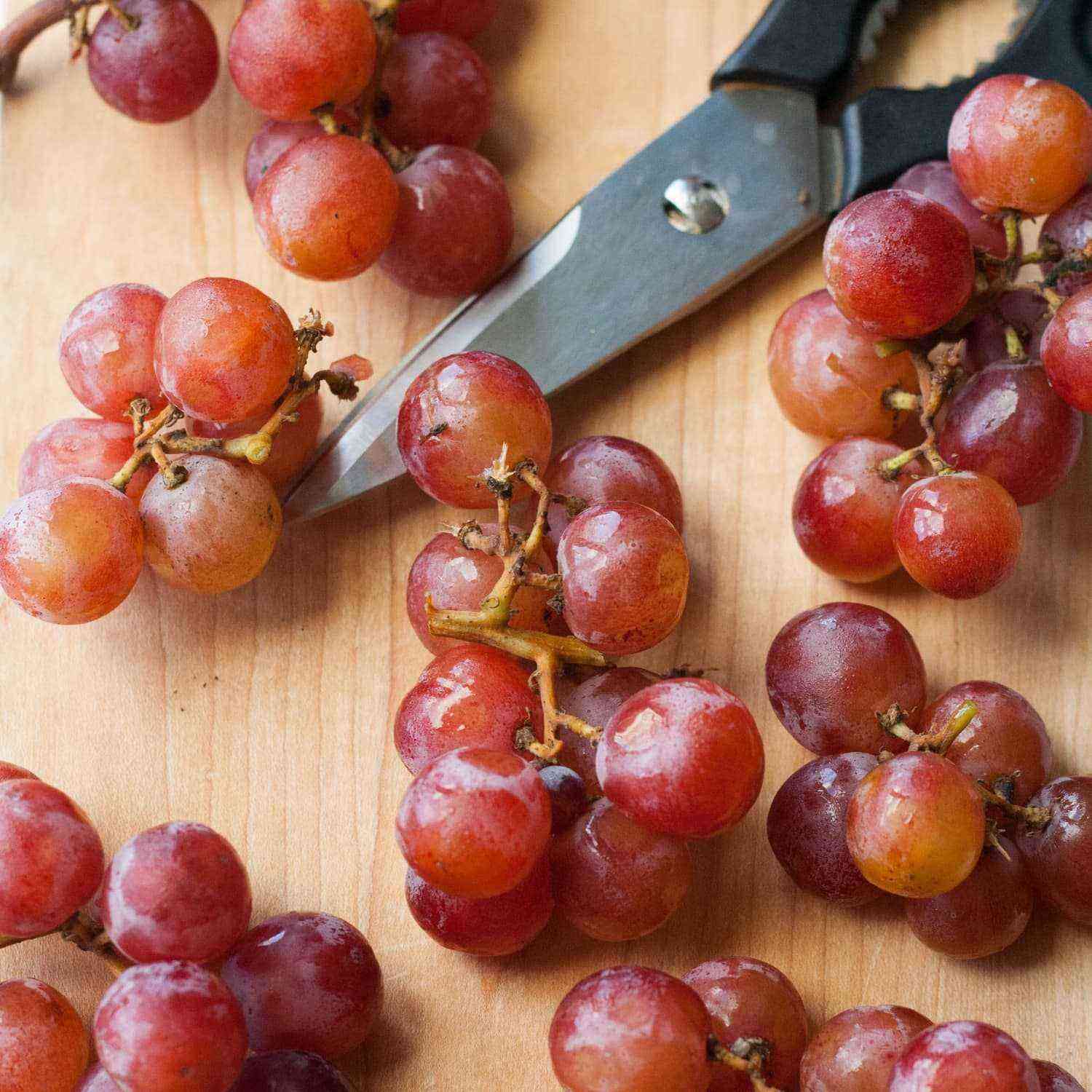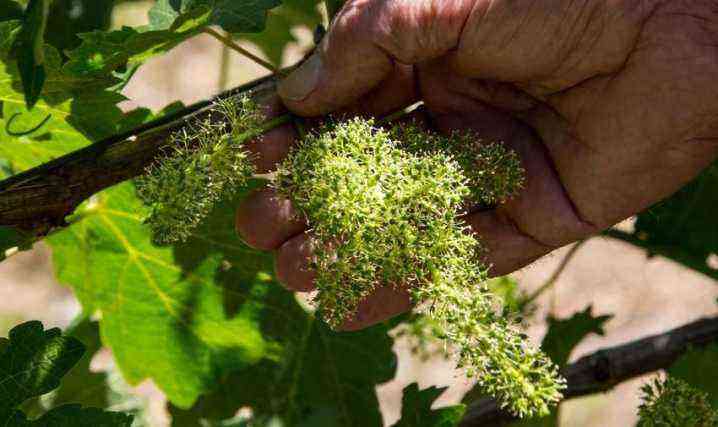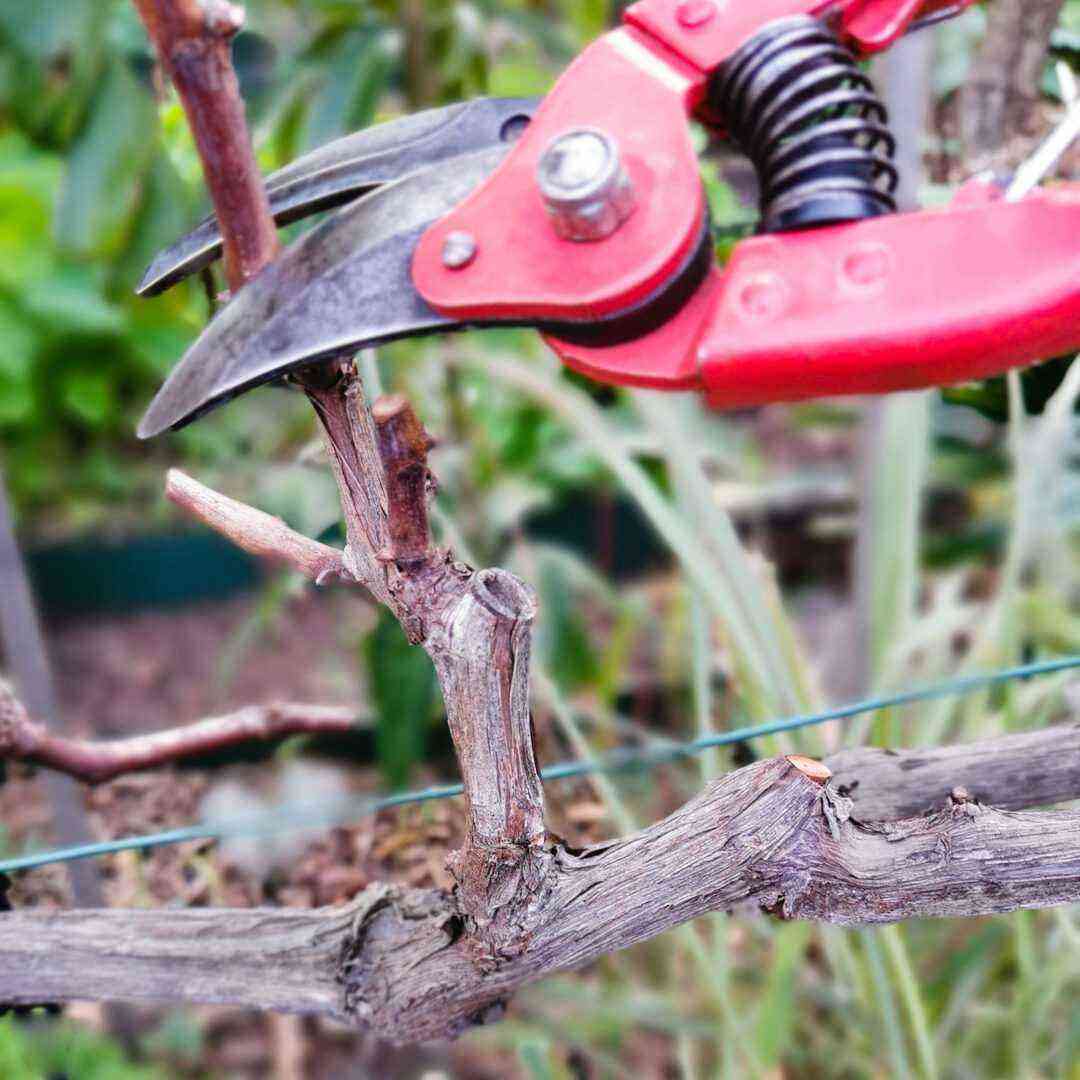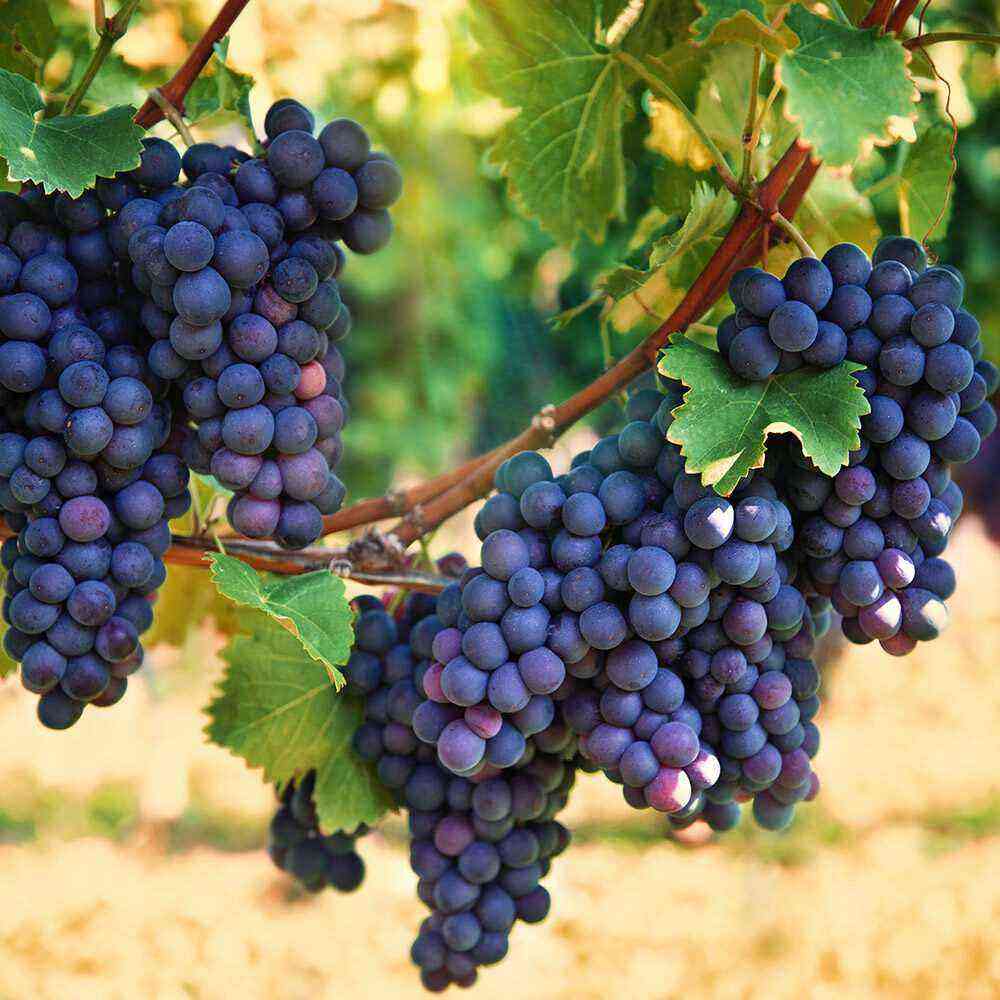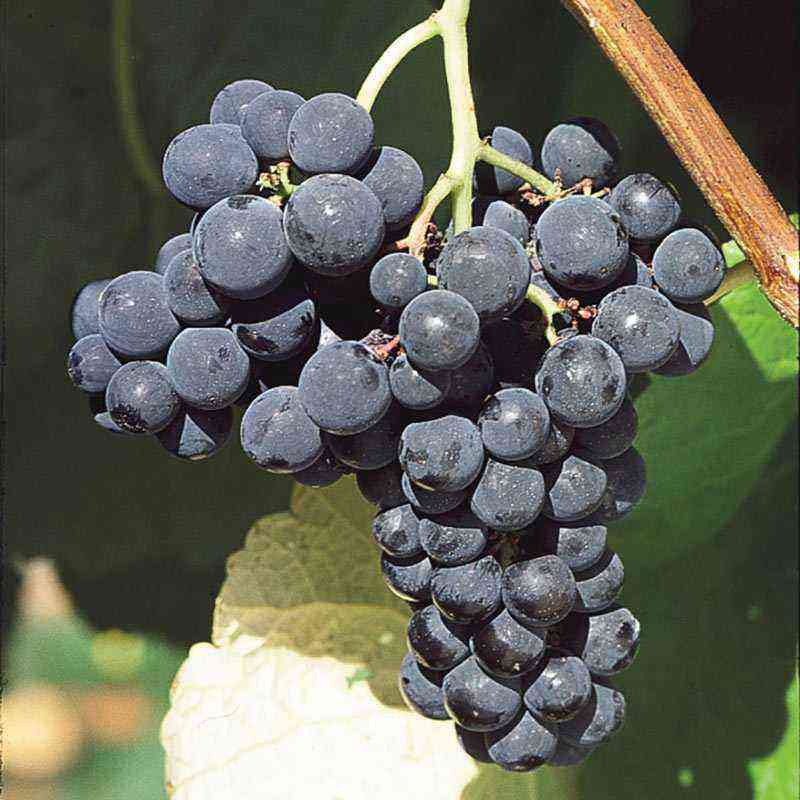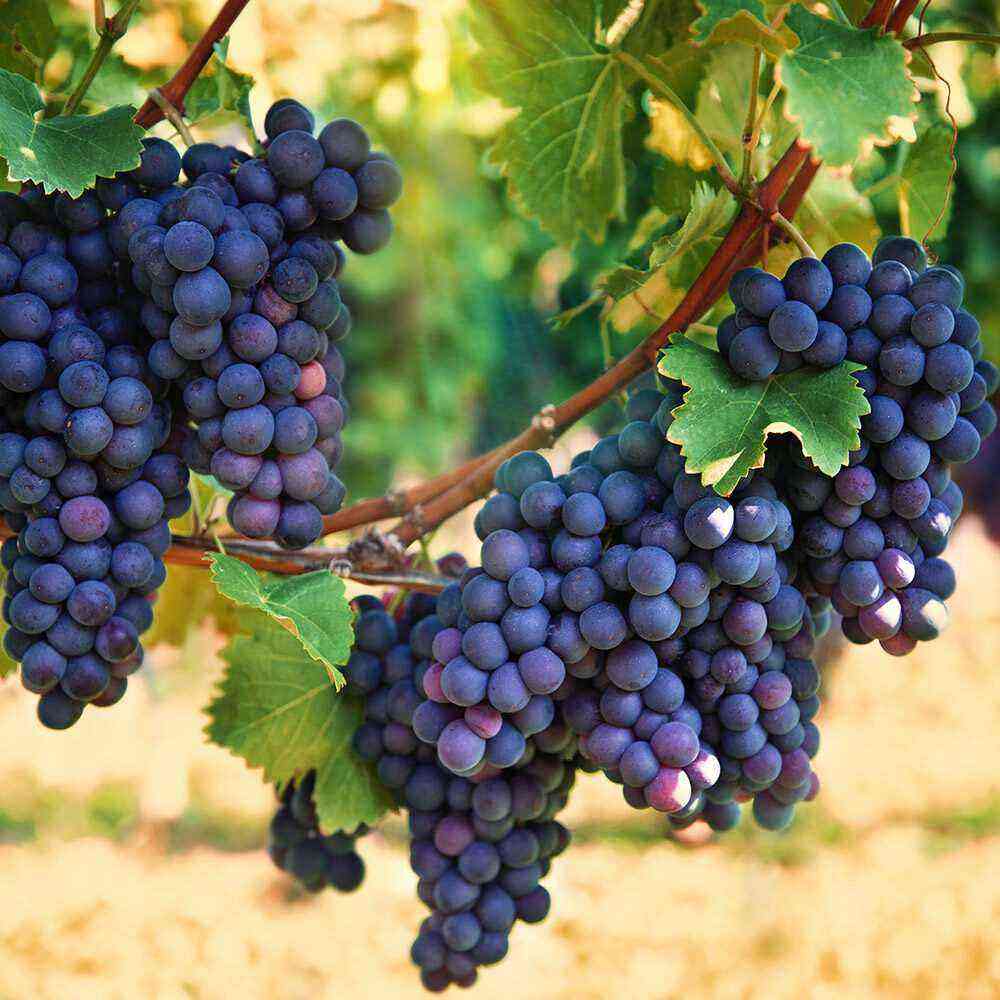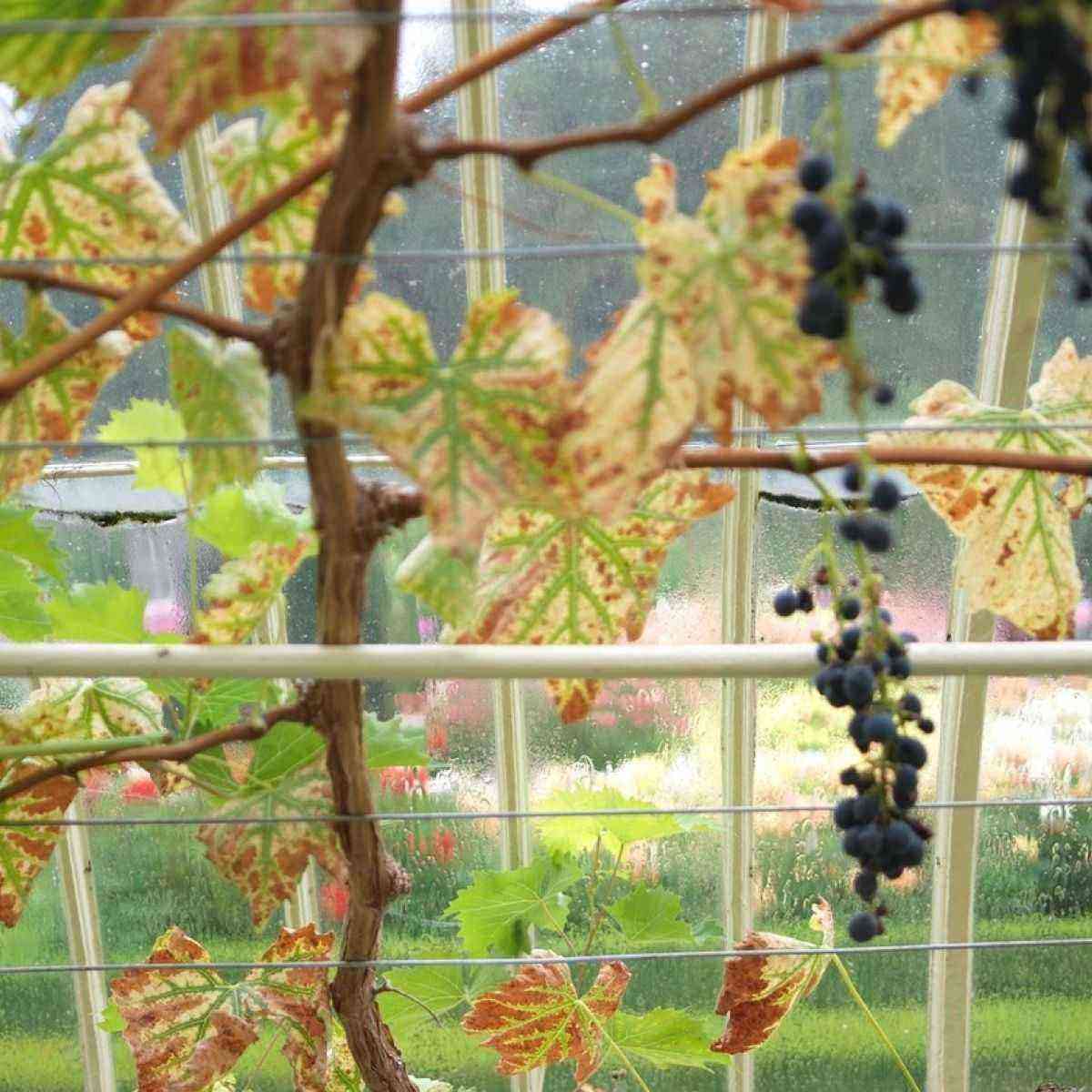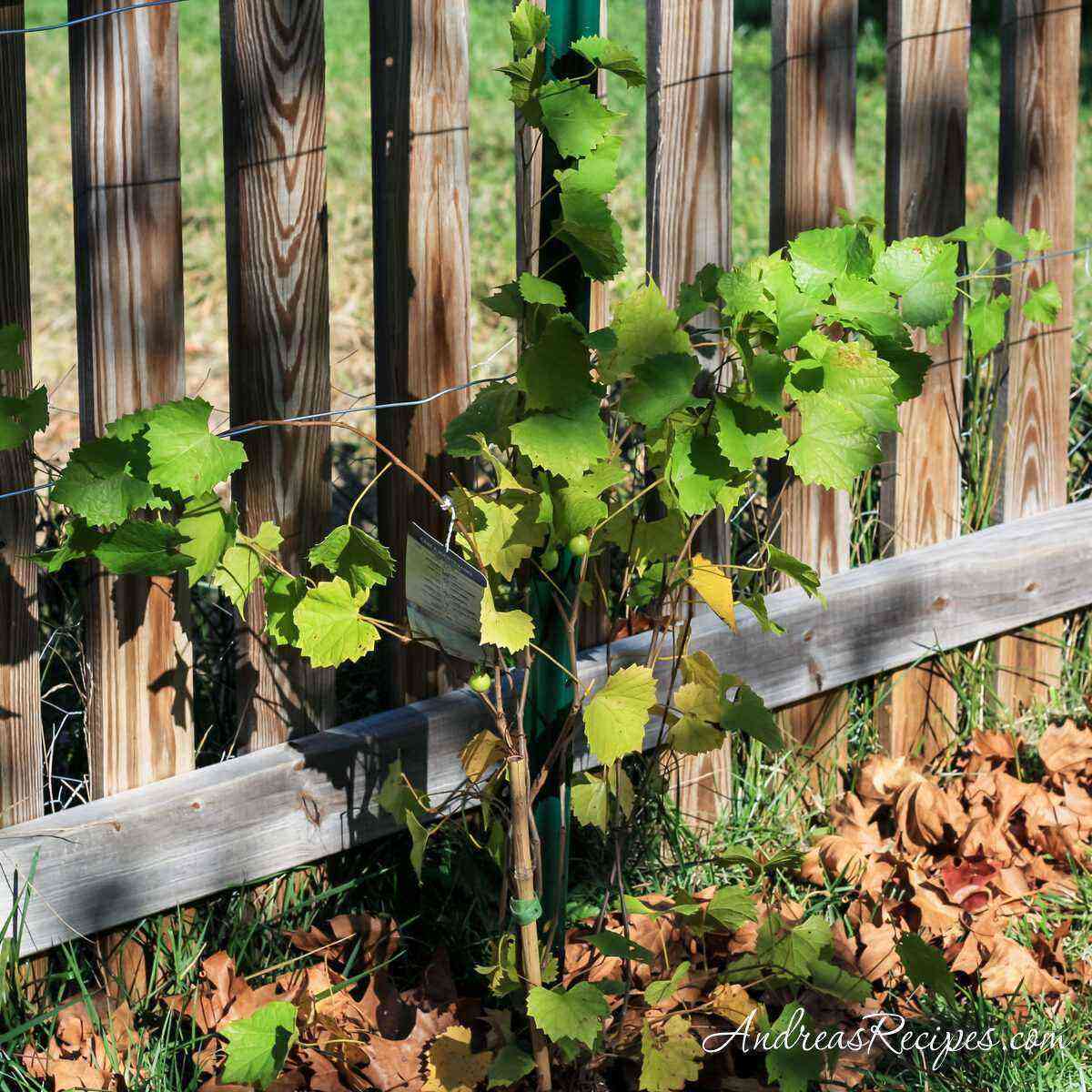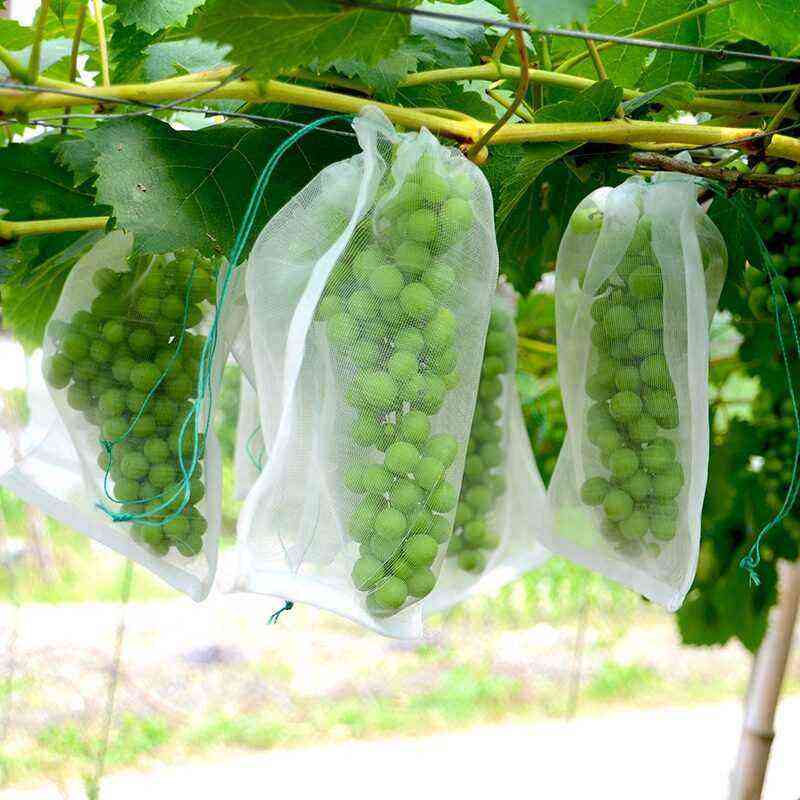Types and varieties of Maiden grapes are diverse. Growers can try growing Star Showers and wild attached, variegated, and three-leafed grapes. And there are also other varieties and varieties, but in any case, you need to choose a specific type very carefully and carefully.
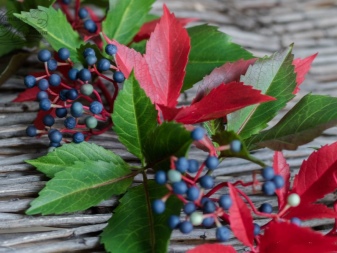
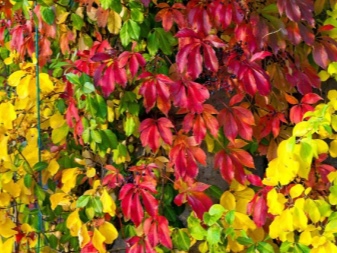
Overview of Asian Species
It is appropriate to start acquaintance with various variants of wild grapes with the variety “Star Showers” (variegated), which is particularly decorative. For such a plant, a white-green leaf color is typical, which is not characteristic of the vast majority of other varieties. It may change in case of prolonged cool weather. Important Features:
antennae with suckers can themselves “climb” along the walls;
well-lit places are needed, but at the same time protected from extraneous influences;
You can grow “Star Showers” on any soil, including dry or located in the city.
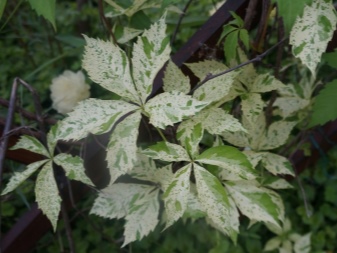
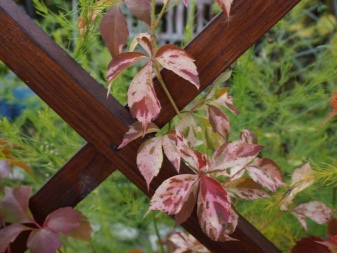
The leaf blade is almost half that of the species variety. Therefore, the liana is perceived gently, weightlessly. The flowers are visually unremarkable, but gradually they will be replaced by blue-black fruits. In combination with painted foliage, they look very attractive. Growth will be slower than that of a completely wild type, but birds are attracted to the garden.
Even mature plants are limited to 5-8 m. In addition, systematic cutting helps to keep them within this framework. The variety is suitable for growing on an obelisk, on a pergola and on a regular wall. It can also be used as a ground cover plant.
“Star Showers” in the first years of development, it is desirable to remove from the support and lay on the ground so that it winters under the snow.
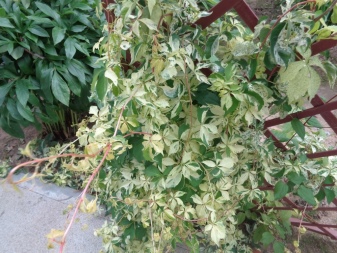
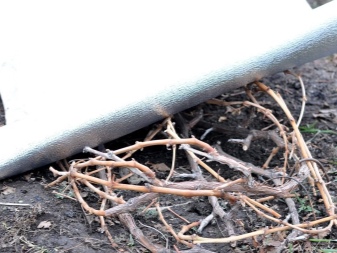
Five-leaf Troki grapes are suitable for cultivation in the 4th climatic zone (where winter temperatures reach -29 degrees). The variety performs well when planted near walls, pergolas and in other similar places. It can be used as a groundcover or cultivated on balconies. The foliage is green during the summer months, turning purple in autumn. Maintenance requirement is low.

Girlish grapes “Henry” – a rarity. It comes from the central regions of China. This plant is used infrequently due to its poor winter hardiness. But the appearance of the southern guest is really unusual. Small dense leaves of a five-lobed type develop on dark brown shoots.
The midribs are painted in a silvery tone. The reverse side of the sheet includes purple notes. Multicolor allows the grapes to change color flexibly even just with gusts of wind.
However, the already mentioned thermophilicity does not allow the variety “Henry” to be grown normally anywhere except the Black Sea regions. In the middle lane, he definitely needs shelter.
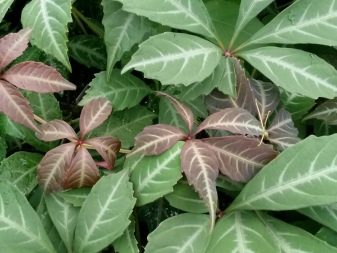
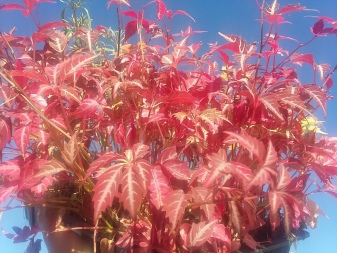
North American varieties
Three-leafed variegated grapes are popular. This plant is introduced into cultivation mainly for vertical gardening.. In nature, it grows in the northeastern part of North America, not reaching the polar and subpolar regions. In the wild, such a vine can grow up to 20-30 m.
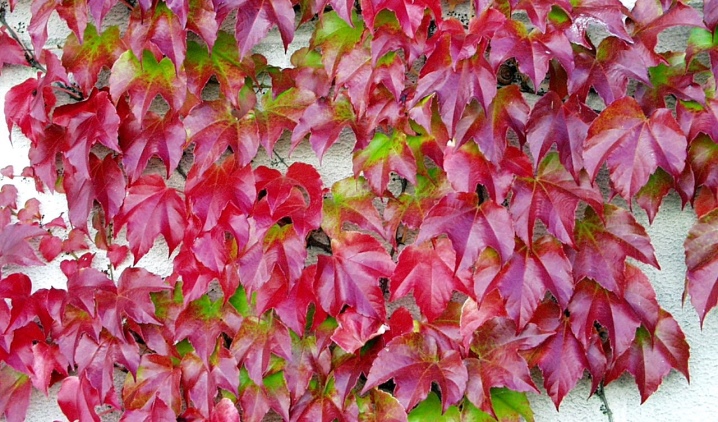
Noteworthy is the description of the five-leaf virgin grapes. This plant is different
oval leaves with a pointed tip;
the ability to climb to a height of up to 18 m;
mandatory need for supports;
active flowering in the summer;
dark red foliage in the autumn months.
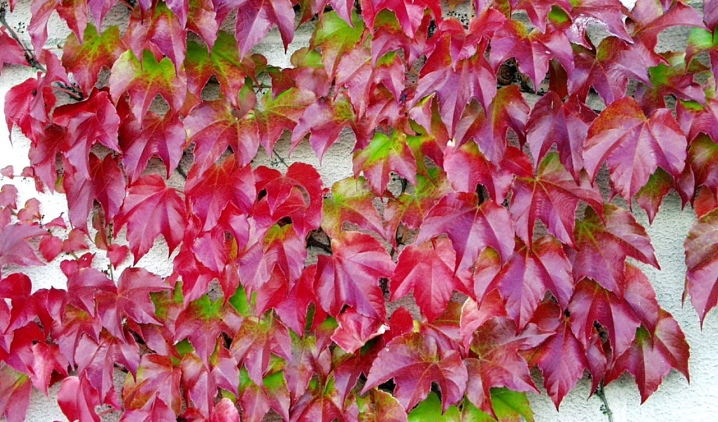
Attention is also deserved by the tri-pointed (ivy-leaved) type. In this shrub, shoots reach 10 m. They form a dense cover of leaves. Culture can be kept on the walls even without additional supports.
Another attractive feature is the possibility of growing even in areas with a negative state of the atmosphere, littered with toxic gases.
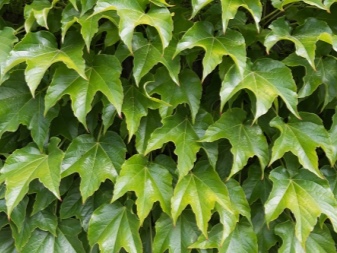

Attached grapes are a vine up to 30 m high. It can cling to surfaces with both antennae and underdeveloped suckers. The leaf blades are similar in shape to an egg, sharpening closer to the top. The leaves themselves have a smooth glossy surface. With the approach of winter, it will be possible to enjoy the view of the red-burgundy grape “carpet”.
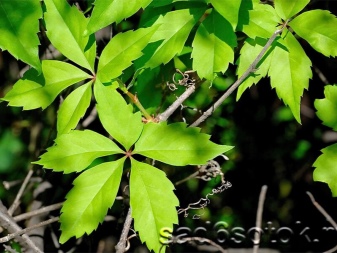
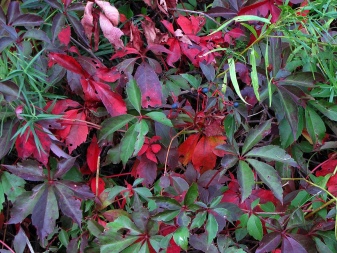
“Starfall” is significantly different from ordinary Maiden Grapes. Often they even think that this is a different plant. It is characterized by a variegated yellow-green coloration. As soon as the autumn cold comes, pink colors are revealed. However, Starfall looks great even before, which is due to the unique look of each sheet.

Variety “Yellow Wall” acquires a characteristic color in the fall. In the summer it looks the same. True, the leaves are noticeably inferior in size to the wild-growing variety and are very dense. By the age of 20, the lashes can grow up to 14 m. The plant goes well with the usual crimson types.
Such a combination will look expressive, perhaps a combination with honeysuckle bushes.
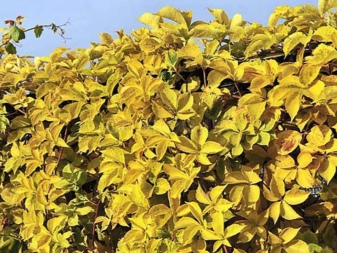
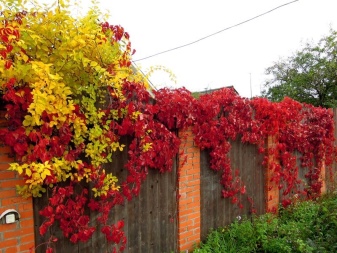
Which variety is better to choose?
A variety of types of Maiden Grapes can provide an excellent decorative effect. But this effect itself is different, and its variations allow one or another preference to be made. For example, Virginian five-leafed grapes should be used if flowering is actual in early summer, and the unpretentiousness of the plant itself is especially important. Still such a culture can be grown on a variety of soils, with different levels of illumination. Seed propagation is very easy, and cuttings take root in 100% of cases, unless gross agrotechnical errors are made.
The attached view is chosen if rapid growth is in the first place. But if the area is very cold, it is more correct to use five-leaf grapes. However, attached grapes are used quite widely. It is used in Russian gardening in the middle lane, in the Moscow region and even in the vicinity of St. Petersburg. Frost resistance down to -25 degrees is declared, so in the most difficult winters you still have to use shelter.
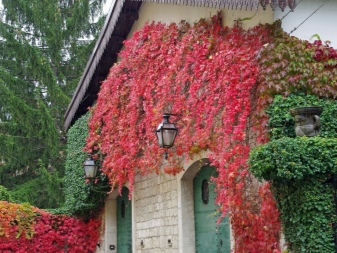
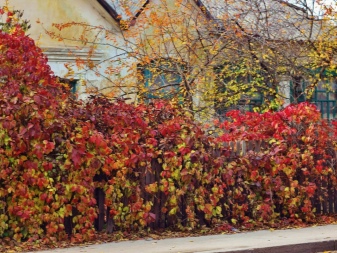
The rapid growth of such a Maidenvine makes it necessary to abandon it if unreliable, weak supports are used.
It is not advisable to plant an attached plant near buildings with tiled or slate roofs. Under the weight of the vine, plaster can also slip. In favor of five-leaf grapes are evidenced by:
fast growth;
ease of reproduction (it can be bred on its own, without the help of specialists and gardeners);
excellent resistance to pests and diseases (which is very important for those who cannot devote enough time and effort to caring for plantings).
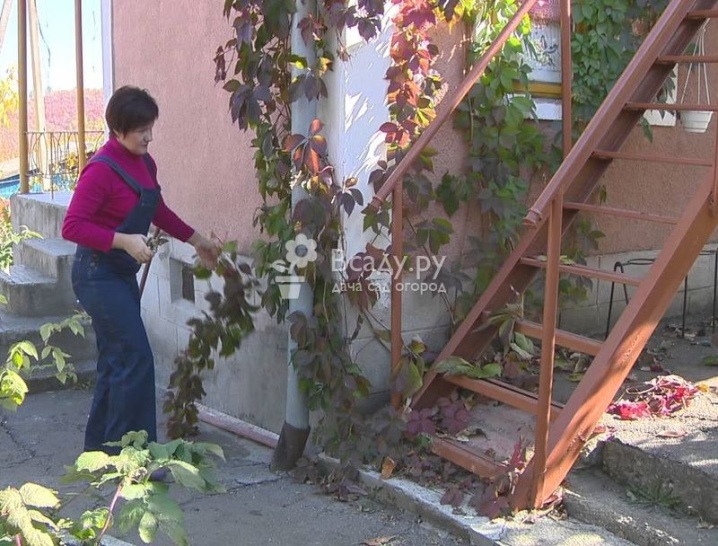
However, such a culture is characterized by high aggressiveness of both roots and shoots. In addition, the five-leafed grapes wake up relatively late in the spring. This property greatly impairs its decorative properties. We’ll have to decide something with the design of the territory until the liana is activated. Or put up with the fact that a temporary gap appears in the garden.
Growth activity is especially important to evaluate if Parthenocissus is planted near the house, where there is also a flower bed. Sometimes too rapid development crowds out all other plants and leads to the “jungle effect”. One should also be interested in whether a particular crop is more suitable for wall growing or as a groundcover. Considerable assistance in the selection can be provided by the recommendations of other gardeners, especially those expressed in thematic forums. And of course, personal taste, which the plant must match, is of particular importance.
